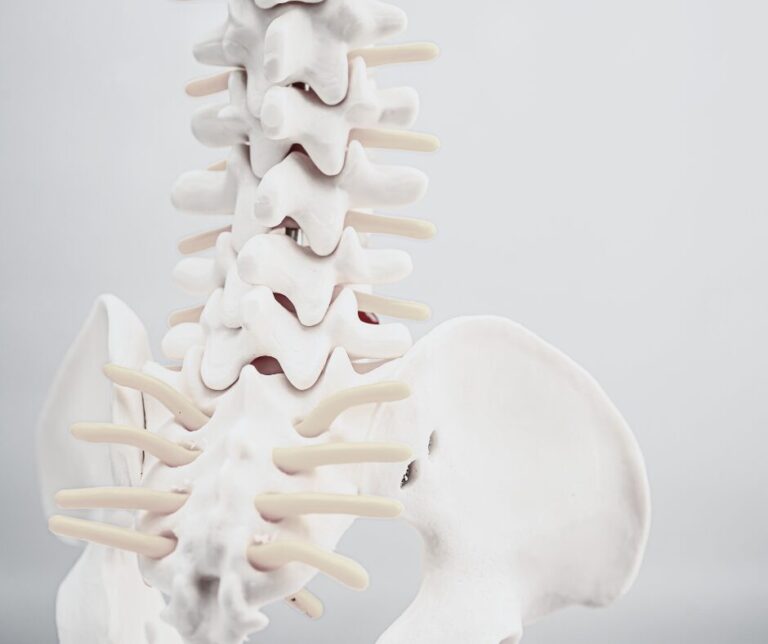Understanding Photobiomodulation Laser Therapy: A Comprehensive Guide
In the world of modern medicine and wellness, Photobiomodulation (PBM) Laser Therapy is emerging as a groundbreaking approach for treating a variety of conditions, from chronic pain to wound healing. But what exactly is PBM, and how does it work? Let’s dive into the science behind this innovative therapy and explore its potential benefits.
What is Photobiomodulation Laser Therapy?
Photobiomodulation (PBM) Laser Therapy is a non-invasive treatment that uses low-intensity lasers or light-emitting diodes (LEDs) to stimulate cellular function. The goal is to enhance healing, reduce inflammation, and alleviate pain. Unlike high-intensity lasers used in surgical procedures, PBM therapy involves low-level lasers or light, making it safe and painless.
How Does PBM Laser Therapy Work?
At the core of PBM Laser Therapy is the interaction between light and biological tissues.
Here’s a step-by-step look at how it works:
Absorption of Light: When the laser or LED light is applied to the skin, it penetrates the tissue and is absorbed by cellular chromophores – molecules within the cells that are sensitive to light. The primary chromophore involved is cytochrome c oxidase, a component of the mitochondria (the energy powerhouses of the cell).
Cellular Response: The absorbed light energy triggers a series of biochemical reactions within the cells. This process increases the production of adenosine triphosphate (ATP), the energy currency of the cell. Enhanced ATP production boosts cellular metabolism and repair processes.
Reduction of Inflammation: PBM therapy also influences the inflammatory response. It can modulate the production of inflammatory mediators, reducing swelling and pain in the treated area.
Enhanced Tissue Repair: By stimulating cellular repair mechanisms, PBM therapy accelerates the healing of damaged tissues. This includes improved collagen production and cellular regeneration, which are crucial for wound healing and recovery from injuries.
Pain Relief: The therapy also affects the nervous system. It can alter the way pain signals are processed by the nervous system, providing relief from chronic pain conditions.
What to Expect During a PBM Therapy Session
A typical PBM Laser Therapy session is straight forward:
Preparation: The area to be treated is cleaned, and any clothing or accessories are removed.
Application: Our trained staff will use a handheld device to apply the laser or light to the targeted area. The procedure is usually painless and may feel warm.
Duration: Sessions generally last between 5 to 30 minutes, depending on the condition and treatment goals.
Frequency: The number of sessions required varies by individual and condition, but treatments are often administered several times a week initially, tapering off as improvement is noted.
Photobiomodulation Laser Therapy represents a promising and innovative approach to healing and pain management. By harnessing the power of light to stimulate cellular repair and reduce inflammation, PBM therapy offers a non-invasive alternative to more traditional treatments. Whether you’re dealing with chronic pain, recovering from an injury, or seeking to enhance overall wellness, PBM Laser Therapy is worth exploring as part of your health and recovery plan.




